Bamboo is one of the most requested plants to create fantastic decorations in any type of garden. This adapts to the most traditional and exotic designs, and although some have a somewhat slow growth process, some types of bamboo can be planted without a problem for us to see them grow.
The different bamboo species have something in common, and they all work well when it comes to creating plant walls or making constructions that use them as a structure.
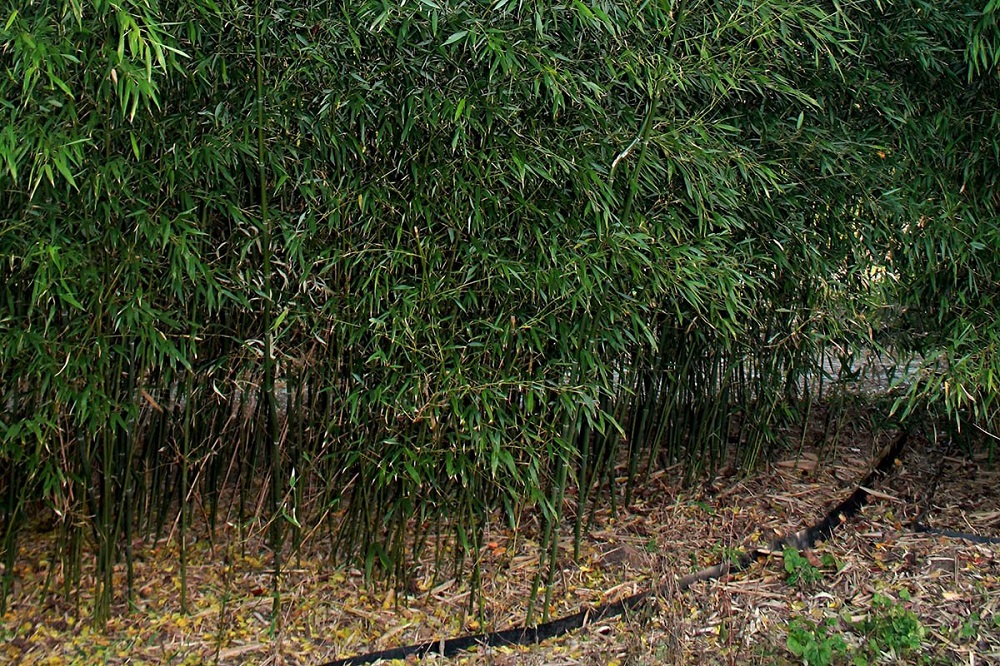
Image source: Bamboo Plants HQ
Gardeners and fans, in general, feel that this is a very difficult plant to grow, which makes them not want to try to plant it. Another reason that bamboo is a plant so hated by some is that, if it is not controlled, it can become a serious problem due to its rapid spreading.
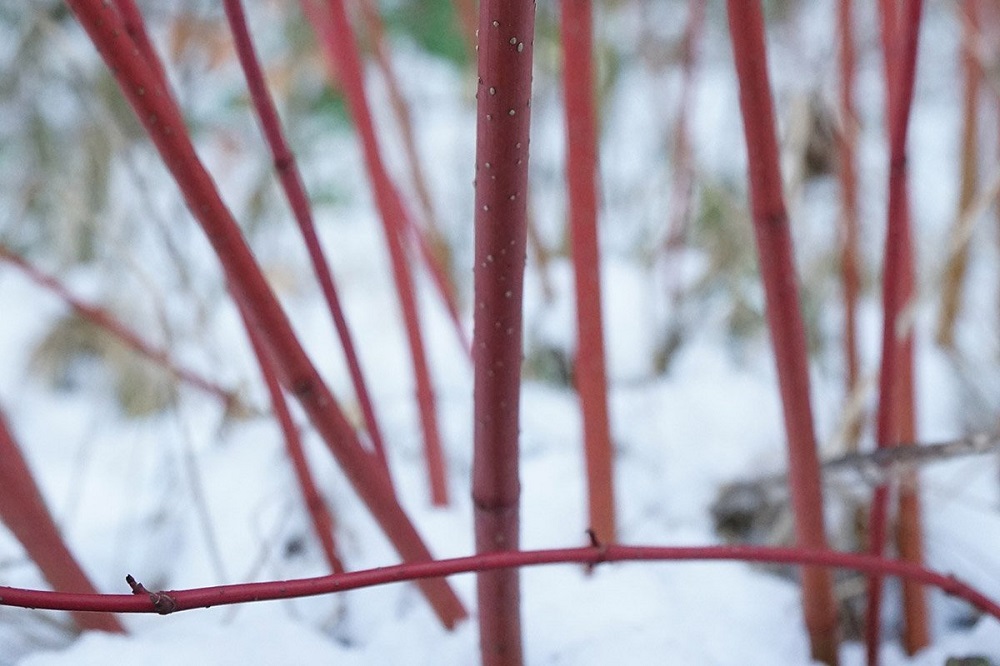
Image source: Bamboo Plants HQ
That is why it is good to learn a little about the bamboo variety available so that we can sow it without any fear. Keep reading to know the types of bamboo and how to keep them in perfect condition.
Key characteristics of bamboo
Scientifically speaking, it is an herb
Although its trunk makes it appear that it is a kind of tree, the truth is that bamboo is categorized within the grass family.
The great existing variety of species means that we can find them almost anywhere in the world except for Europe. Currently, the largest exporters are China, Japan and South, and Central America.
Among the most notable physical characteristics are narrow trunks of variable length and protruding leaves from different parts of the trunk. Although each species has unique characteristics, such as the shape of the leaves, the height of the trunk and the color.
Options for all tastes
Scientific reports suggest that there are more than 1,450 unique species of bamboo throughout the world. Part of this variety is due to a large number of places where it can sprout.
A mistaken belief is to think that bamboo is unique to Asia. Although this continent is widely known thanks to it (in addition to being the favorite food of pandas), we can also find large crops in the southern United States, Chile, Madagascar, Australia, Mexico, and in general, in any country with warm weather and enough humidity.
If you see a photo with bamboo of a color that is not green, you can be sure that it has not been edited, since bamboo can be obtained in exotic colors such as blue, black, red or yellow.
We can see it grow in one life
With this very ambiguous title, we mean that there are types of bamboo whose sprouts can grow rapidly. Some sprouts even grow at a rate of one meter per day.
Bamboo is a plant of little care in most cases, extracting all the minerals it needs exclusively from water (unlike flowers, bamboo cut into a glass with water can continue to live normally).
They serve as an appetizer
The bamboo sprout in a young state is perfect as food. This is eaten frequently in Asia. Their harvest is done when they have barely seen on the surface, with no more than a foot high.
However, we must be careful with the species that we are going to ingest since not all can be used immediately for cooking because it can contain cyanide. In these cases, you must first boil and leach it, so it’s better to let an expert cook it.
If you visit Asia, you will see that bamboo is practically used as a condiment in a wide variety of savory dishes.
Recognizing the different types of bamboo
The differences between bamboo species, beyond the aesthetic part in terms of colors and shapes of leaves, are mostly centered on how the roots are branched. In the case of bamboo, its rhizome (a horizontal root that is sub-branched) can be presented with a leptomorph or Pachymorph system, all depending on the function it will fulfill.
– Pachymorph bamboo: also known as clumping bamboo, grows from a large central root, so each sprout is held together and is easier to control. In addition to maintaining a central growth, it has the advantage that it does not require that we sow other sprouts since it is responsible for expanding itself. This is the ideal type for our garden since it is not intrusive and with minimal care, we can maintain it.
– Leptomorph bamboo: known colloquially as running bamboo, it is the system that gardeners try to avoid due to its rapid expansion. Outbreaks cannot be controlled, covering up to 15 feet in diameter from their origin annually. Also, as with clumping bamboo, the rhizome of these produces many stems. They can still be used in gardening, but we have to remove the roots from time to time so that it does not expand.
The best alternatives for our garden
Between the 1,000 or 2,000 types of bamboo, below we have a list of some of the most common options that will adapt perfectly to our garden.
Phyllostachys Aureosulcata Spectabilis
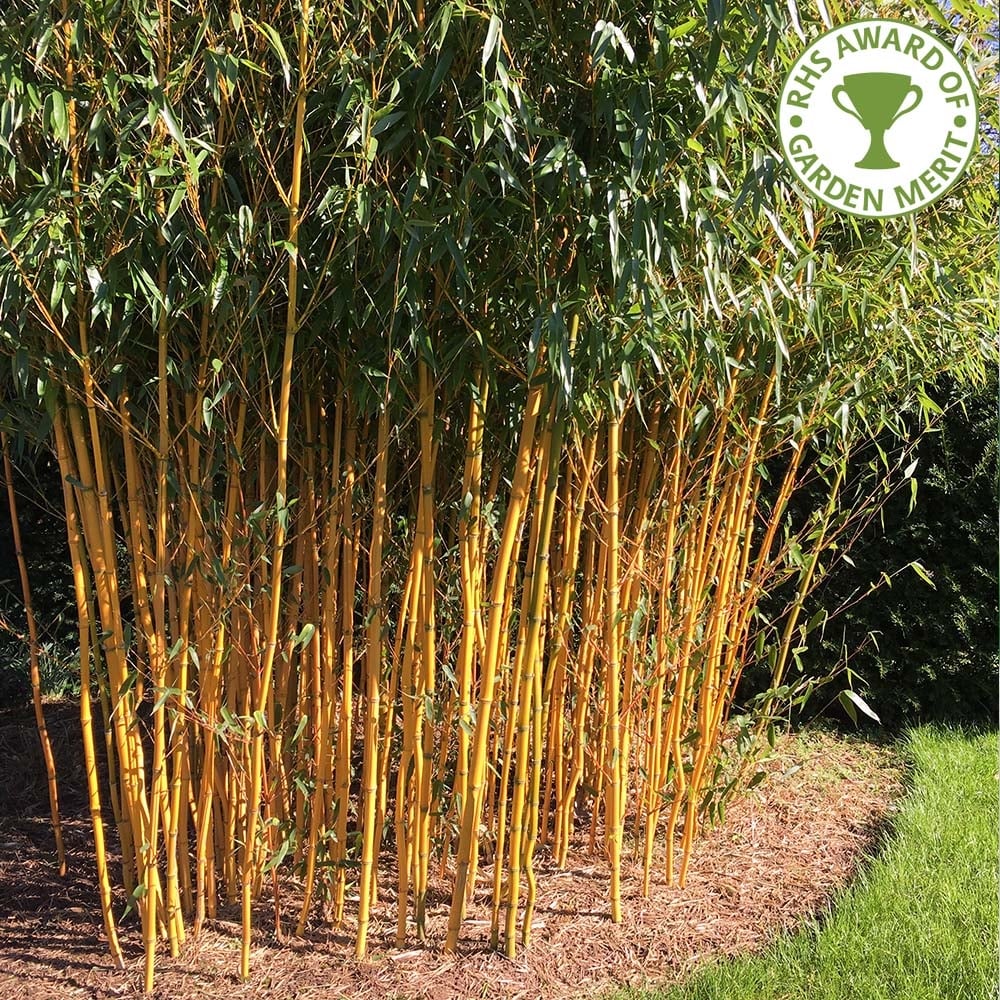
Image source: Ornamental Trees
This species is recognized for having a yellow stem with green stripes in the grooves. The leaves are located at the top and are yellowish. This bamboo is ideal for cold environments and is very resistant, so it can bend without breaking.
Guadua
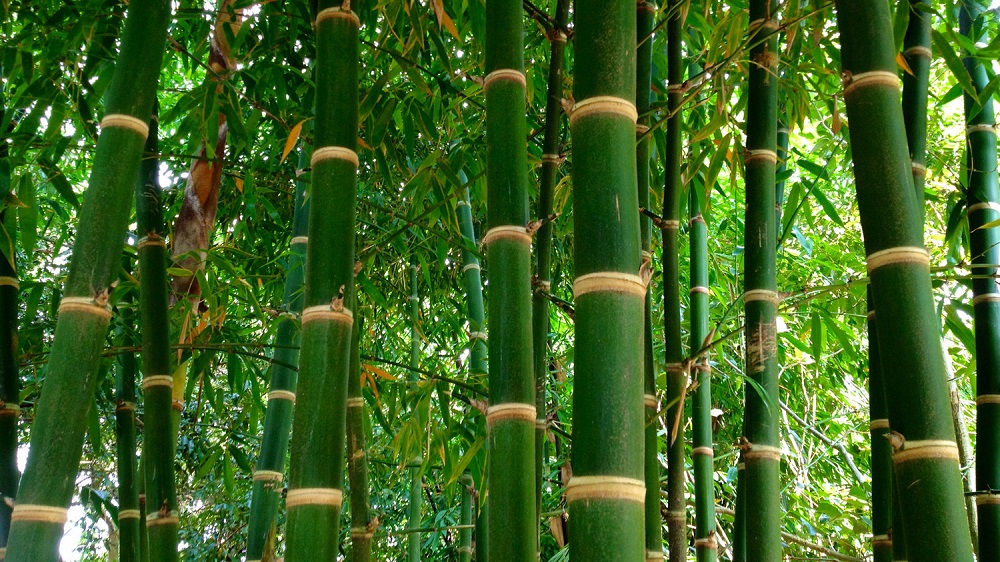
Image source: BambuBuild
This variant of bamboo is native to Central and South America and requires tropical weather for its growth. Of green color, the width of the stem is somewhat thick, they have considerable heights and the leaves grow between the furrows. When dried it is widely used as a construction material, and its outstanding export comes from Peru and Venezuela.
Oryzoideae
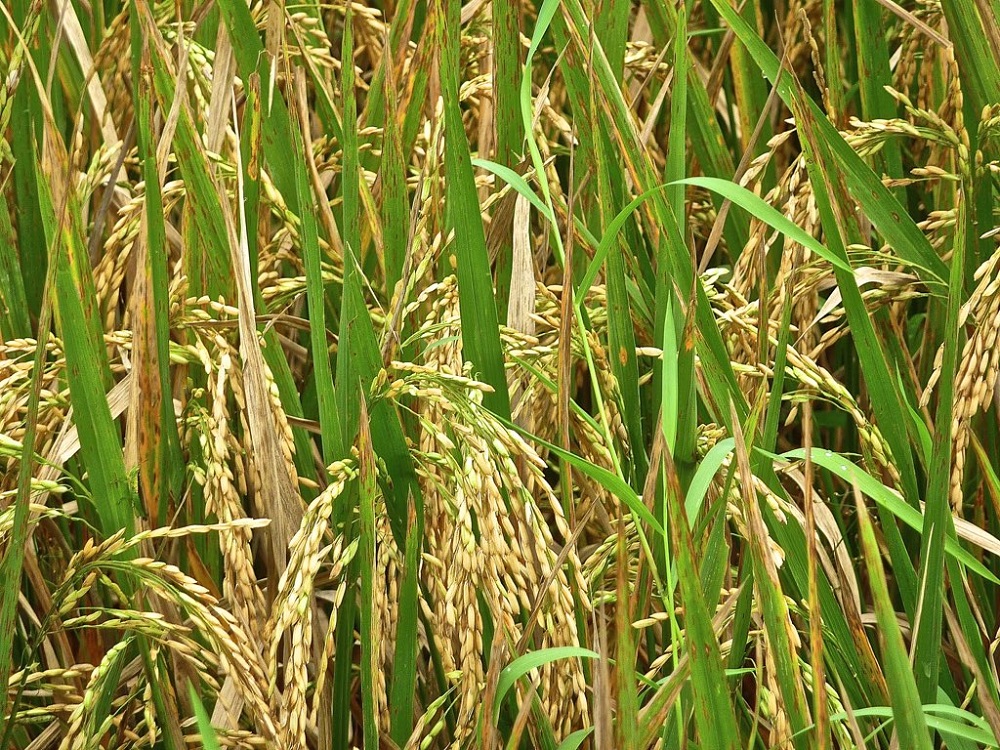
Image source: Richard Preston
We make a parenthesis to clarify that this species of grass is not considered a bamboo contrary to many beliefs since it does not have a series of key elements such as the six stamens, the three stigmas, nodes or the random inflorescence.
Phyllostachys aurea
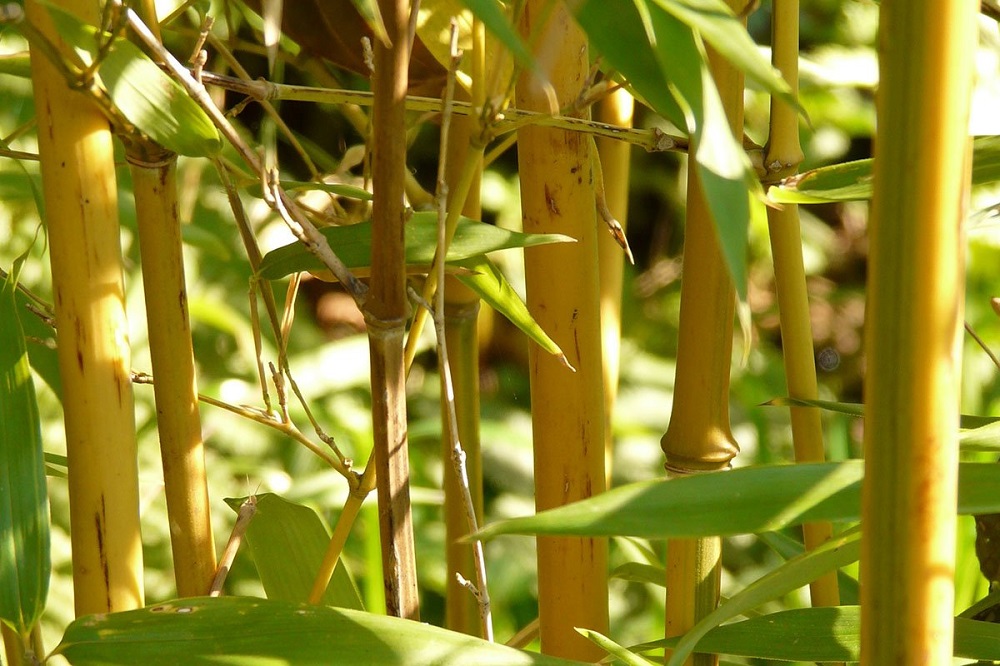
Image source: Bamboo Plants HQ
The most common bamboo for ornamental gardens, this is a variant of the first one mentioned in the list. Normally it is known as golden bamboo because of its yellow color. It can reach up to 14 meters high at a rate of 10 mm per day. The size of the cane is slightly thick and the leaves are somewhat yellowish.
Genus Dendrocalamus
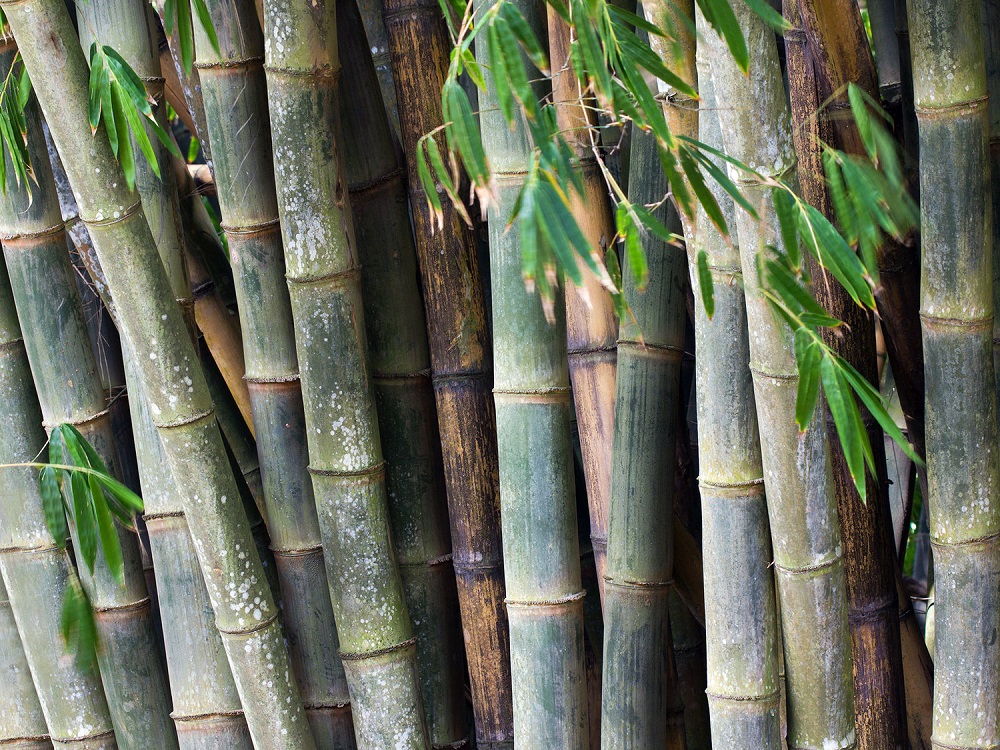
Image source: Guadua Bamboo
It may not be the best to have in a conventional garden, but for construction, it is perfect thanks to the large size that can reach of up to 40 meters high (between 50 or 60 feet) with stems between 3 and 5 inches in diameter. These are common in tropical areas and abound in Asia.
Neotropical Woody Bamboos
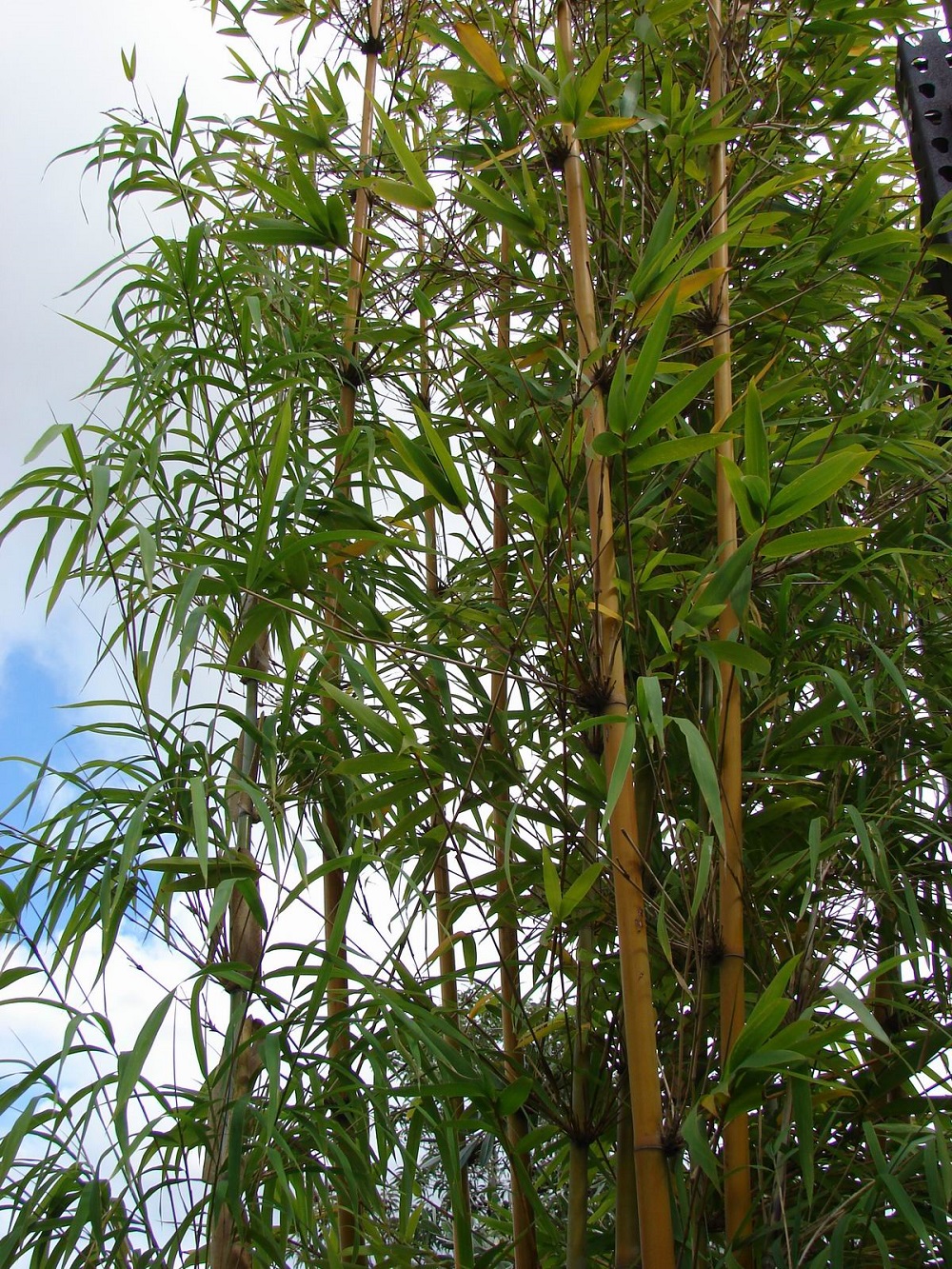
Image source: Bamboo Plants HQ
This is another species that grows especially in Central and South America, in addition to some Caribbean islands. This type of Bamboo has a protective sheath so that the sprouts can grow without problems.
Sasa Palmata
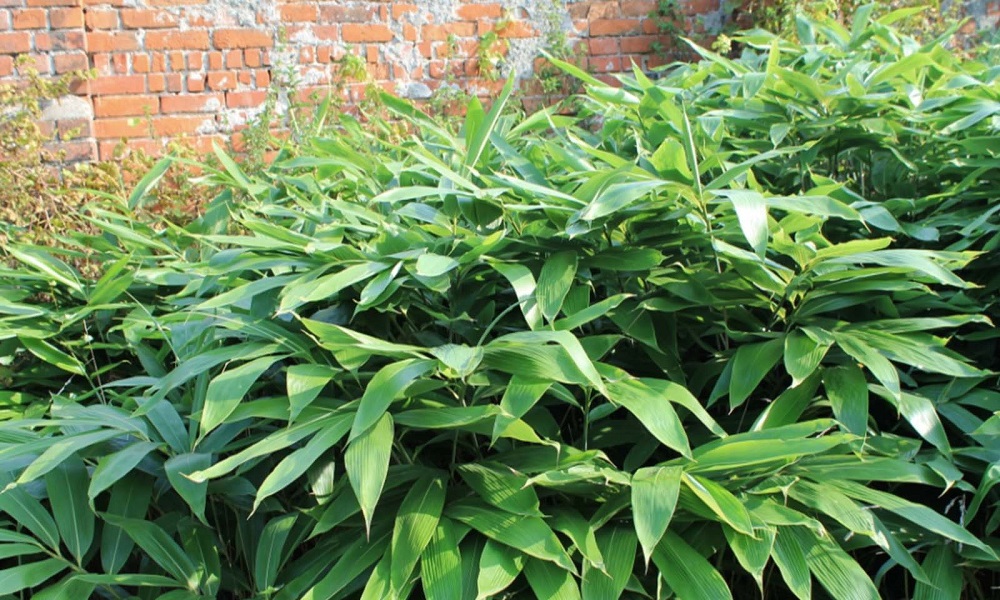
Image source: Garden Plants
A bamboo with excellent decorative qualities thanks to its reduced height (3 meters) and the large size of the leaves. This type of bamboo can be found in Japan, and its stem can withstand temperatures up to -18 degrees Celsius. The bulky leaves of 20-30cm long and 5-7cm wide create a good shadow.
Genus Bambusa
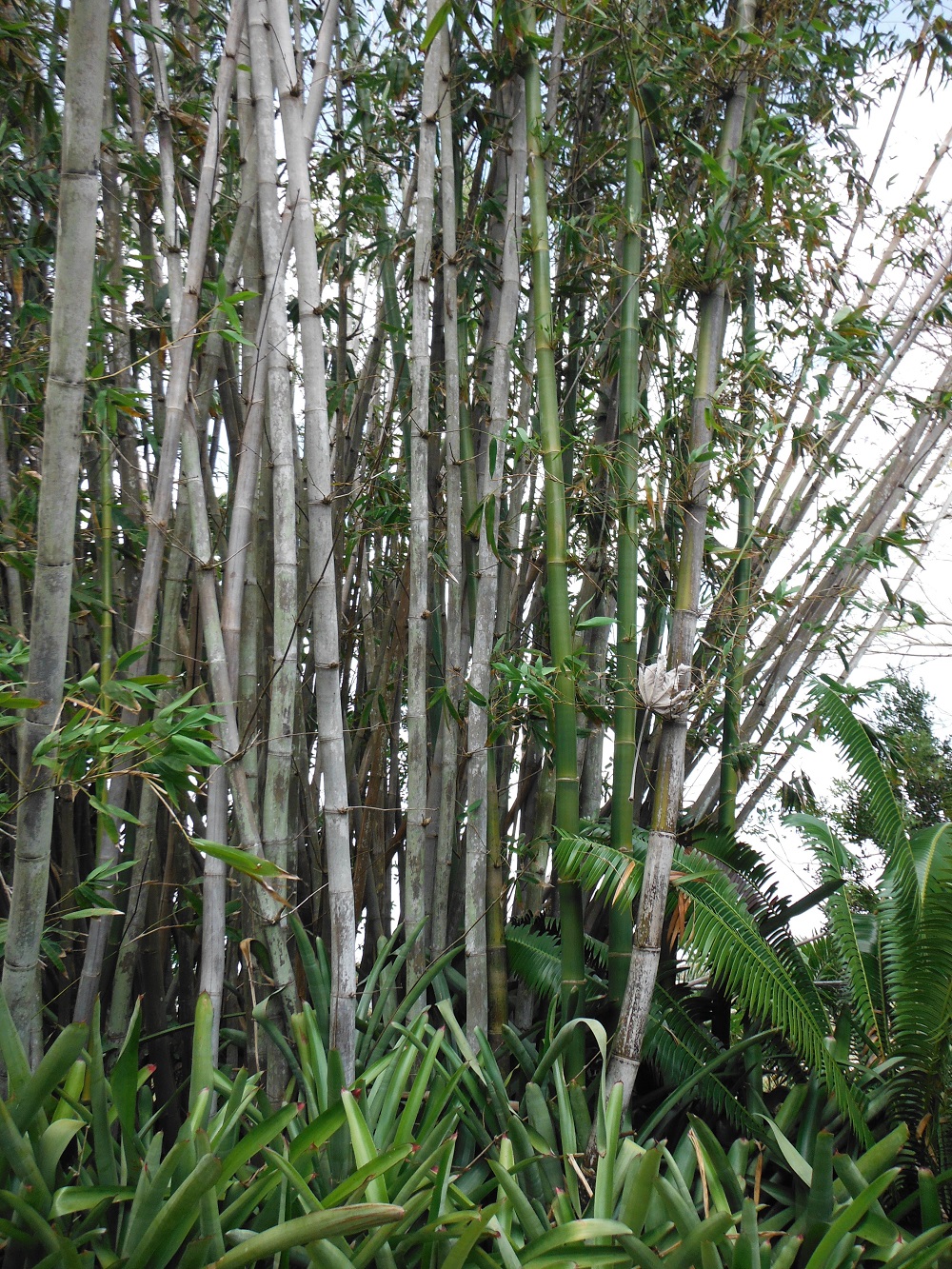
Image source: Richard Lyons Nursery, Inc
This complete genus includes up to 100 different species, all of tropical climate and mostly found in Asia and some Pacific islands. These fall into the category of pachymorph bamboos, so we can have full control of their growth, in addition to their buds being able to be ingested. One of the most famous is the B. Oldhamii.
Phyllostachys Rubromarginata
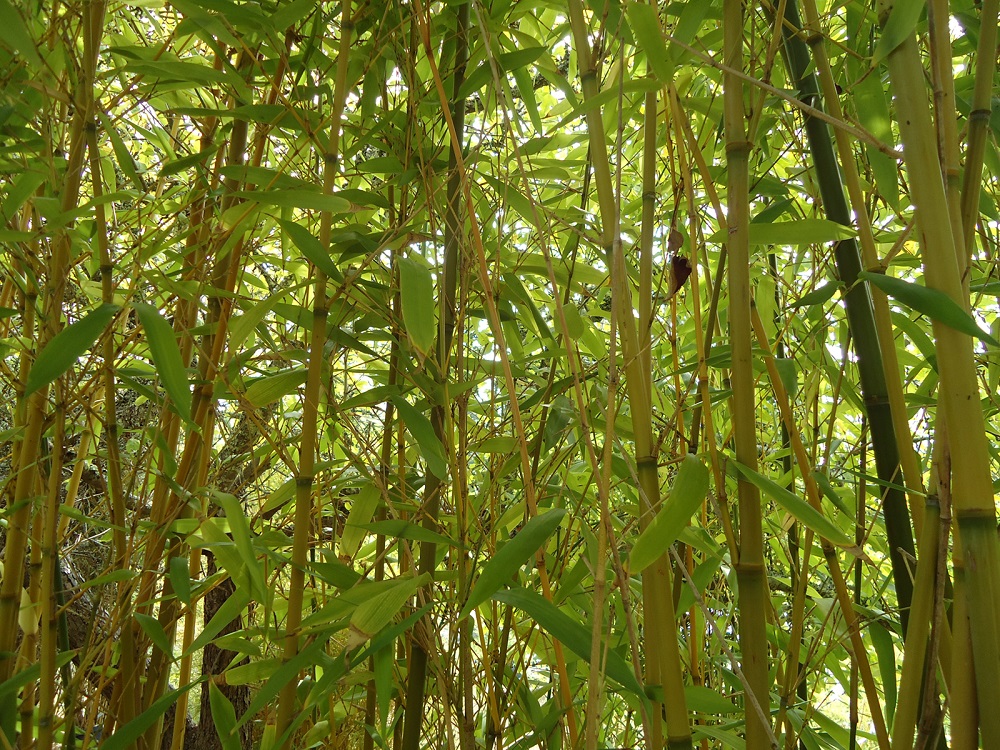
Image source: Bamboo Sourcery
This bamboo is known as Red Margin Bamboo due to the red line that covers the edges of the sheath that make up the stem. It can grow up to 55 feet tall in a very short time, in addition to being extremely cold resistant.
Phyllostachys Aurea ‘Koi’
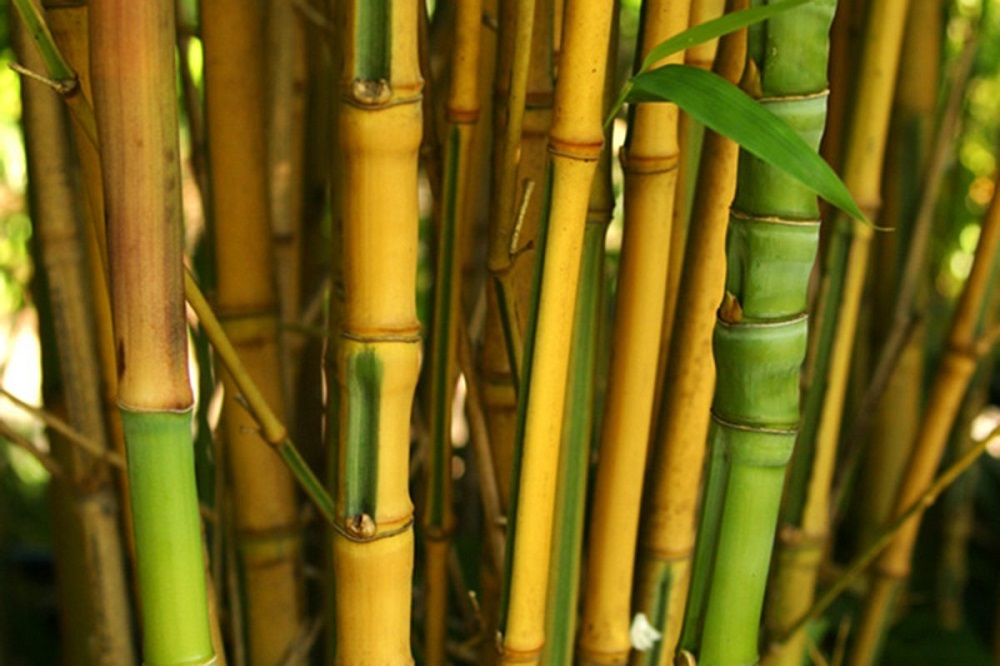
Image source: Bamboo Plants HQ
Again, we are with another variant of the golden bamboo, but we cannot avoid it since they are practically the best types of bamboo for decoration. In this case, the stem presents stronger bumps in the grooves.
Phyllostachys Vivax Aureocaulis
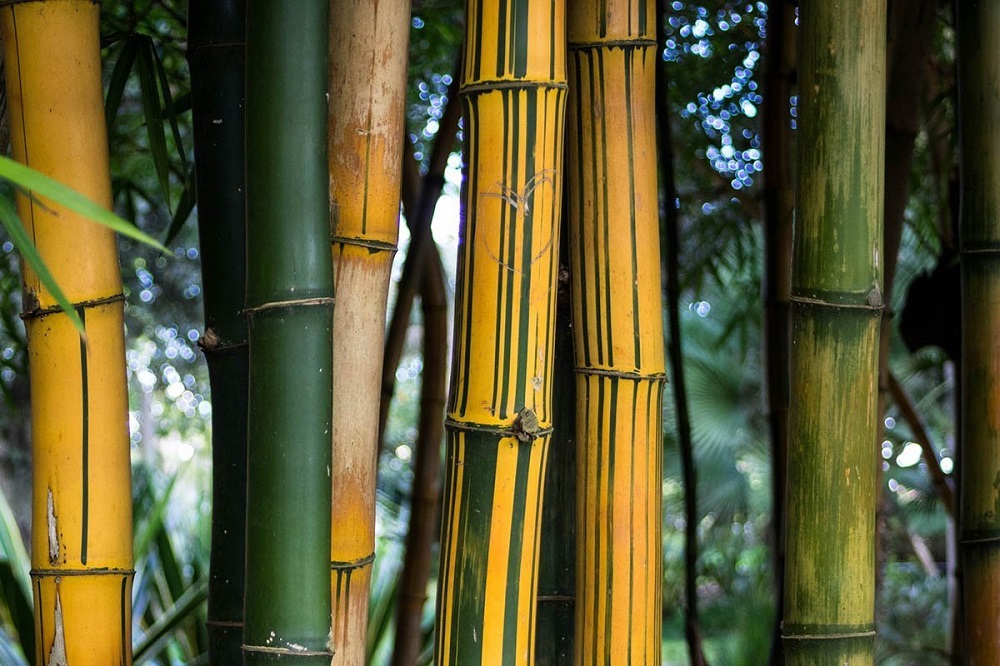
Image source: Bamboo Plants HQ
Indeed, we finished the list with another yellow bamboo. This is better known as Golden Chinese Timber Bamboo. Originating in China, these can grow up to 8 meters high and have leaves of up to 20cm long, which conglomerate at the top.
Find your ideal bamboo
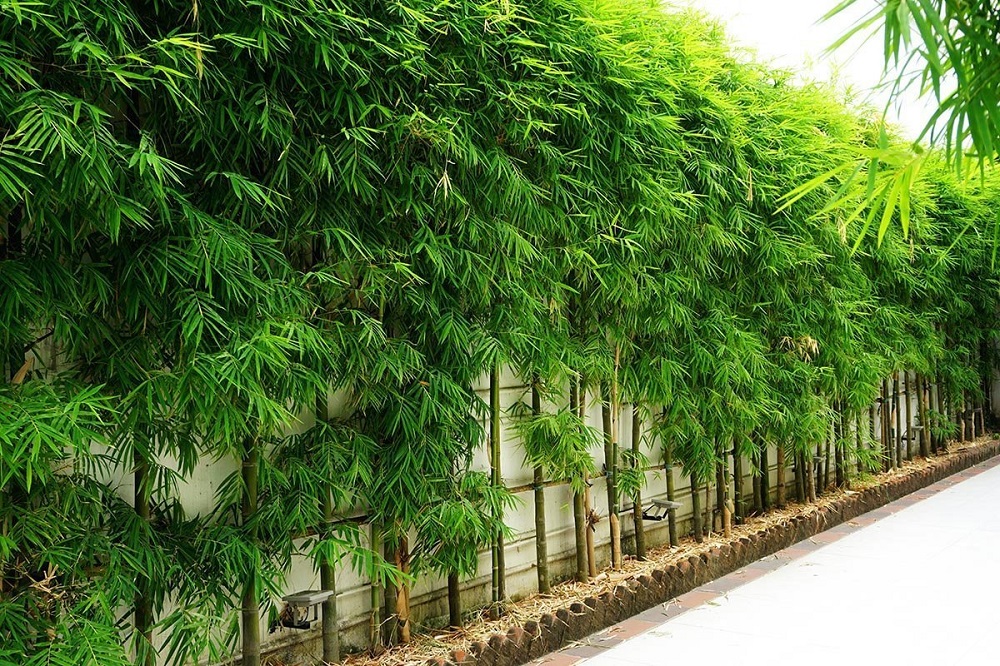
Image source: Bamboo Plants HQ
We cannot complain about the number of options available when it comes to bamboo. It is almost impossible that there is not one that pleases us and is also easy to harvest.
Whether we are looking for it to decorate our garden or for some craft, construction, or culinary project, we can always count on the qualities of bamboo. Its colors are captivating, its resistance and flexibility are unique in nature, and its growing time makes it perfect for sowing all we want.
Our only advice is that, if you are going to use it for the garden of your home, you must be constantly monitoring its propagation or you could end up with a bamboo jungle, which is capable of breaking concrete walls and floors without a problem.
In addition to constant surveillance, we must also install a fence that has considerable depth, so that it becomes more difficult to propagate underground.
If you enjoyed reading this article on the types of bamboo, you should read these as well:
- Backyard pavilions ideas that will beautify your green space
- What is a mansard roof and what you need to know about a mansard house
- Family Room Furniture, Layout, Ideas, Pictures
The post The different types of bamboo that you should know about appeared first on Impressive Interior Design.
source https://www.impressiveinteriordesign.com/different-types-of-bamboo/
No comments:
Post a Comment